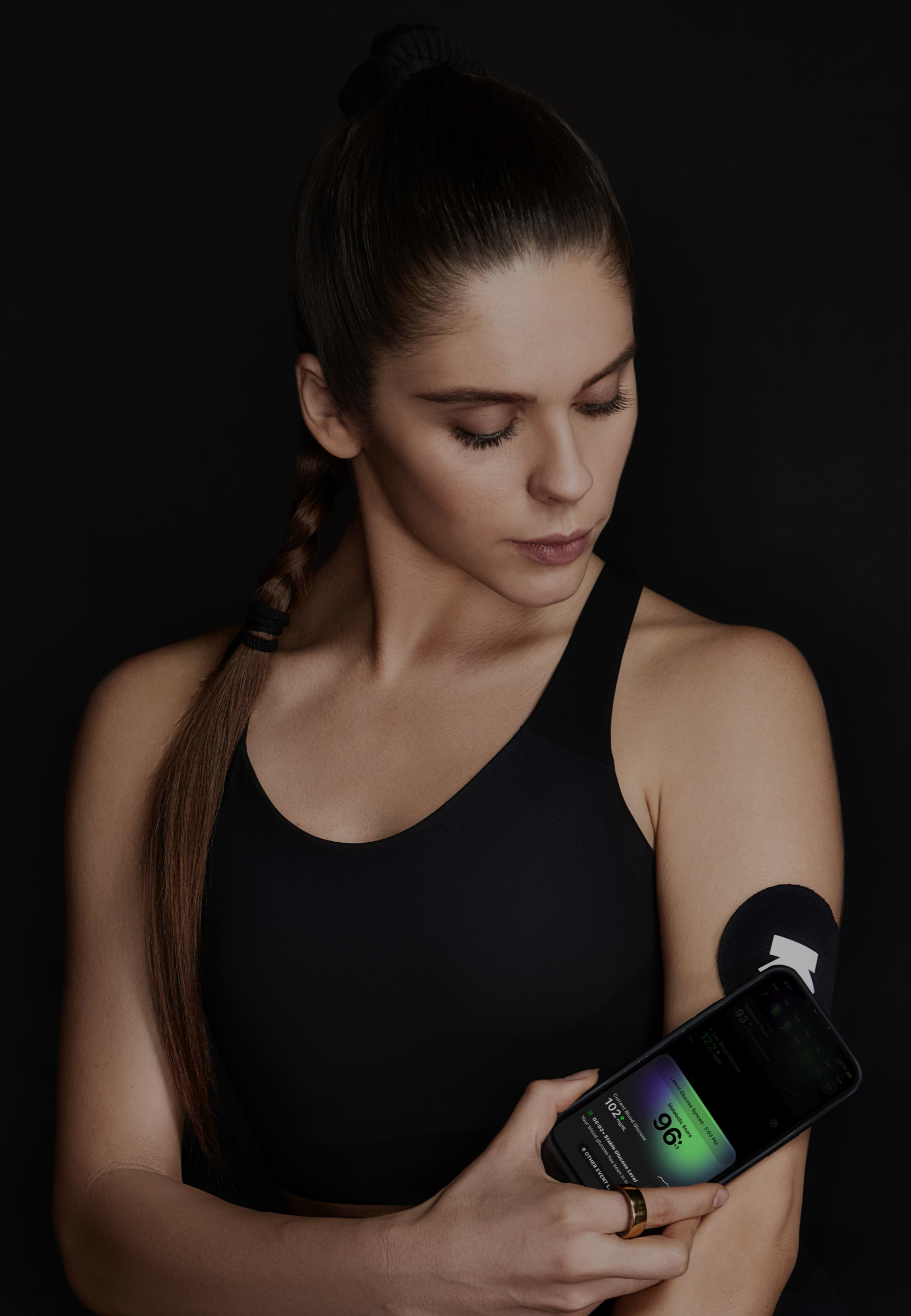
Bananas (1 Small (6 Inches To 6 7/8 Inches Long)) and Mango (100 G)
Lunch
214 mg/dL
avg. peak value
Usually has a stable response
Avg. Food Score on Ultrahuman App
Ultrahuman Users got a STABLE response
How to consume Bananas, Mango without glucose spikes
Pair with Protein or Healthy Fats
Combine bananas or mango with a source of protein or healthy fats, such as nuts, seeds, or yogurt, to slow the absorption of sugars.
Portion Control
Consume smaller portions of bananas or mango to limit the intake of sugars, thereby reducing the impact on blood glucose levels.
Choose Less Ripe Fruits
Opt for bananas or mangoes that are less ripe, as they contain less sugar compared to fully ripe ones.
Add Fiber
Incorporate foods high in fiber along with bananas or mango, such as oats or chia seeds, to help stabilize blood sugar levels.
Eat with a Balanced Meal
Include bananas or mango as part of a meal that contains proteins, fats, and other low-sugar vegetables, which can help balance the overall impact on glucose levels.
Stay Hydrated
Drink water before consuming fruits to help dilute sugars and support better metabolic response.
Physical Activity
Engage in light physical activity, like a short walk, after eating bananas or mango to aid in glucose regulation.
Alternative Fruits
Consider substituting with fruits like berries, cherries, or apples, which have a lower impact on blood sugar levels.
Mindful Eating
Pay attention to eating speed and chew thoroughly to aid in better digestion and slower sugar absorption.
Monitor Timing
Consume bananas or mango earlier in the day when your body may be more effective at managing blood sugar levels.

Find Glucose response for your favourite foods
Explore OGDbDiscover
metabolic
health with M1
Ultrahuman M1 helps you measure the impact of food and activity on your body in real time through glucose as a biomarker.
Explore Ultrahuman M1Your cart is empty
Browse through our products and find something for you.
